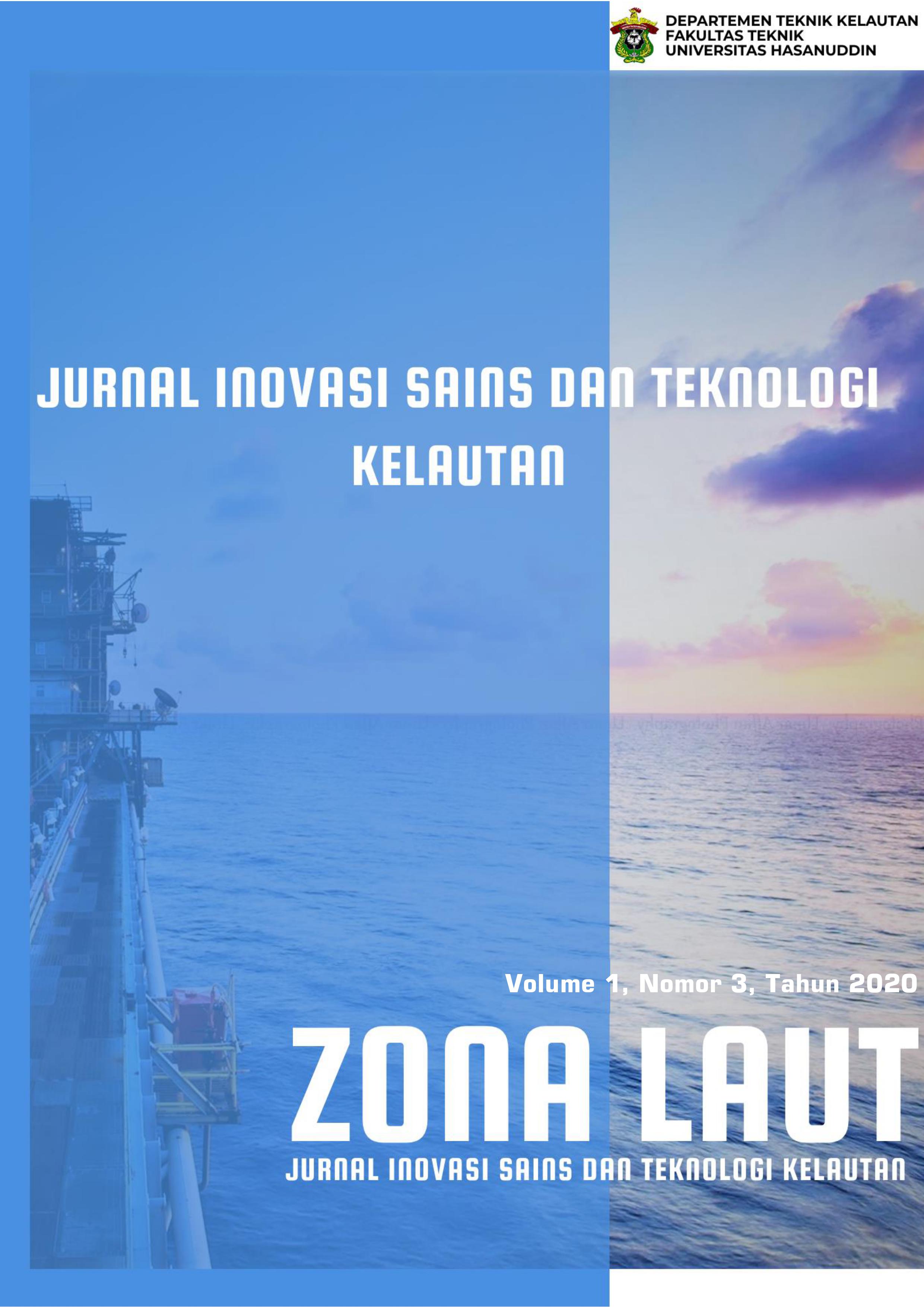Analysis of Container Loading and Unloading Times on Ship To Shore (STS) Cranes at Teluk Lamong Port
DOI:
https://doi.org/10.62012/zl.v1i3.11996Abstract
Every year the use of containers is increasing. The loading and unloading problem at the container terminal is often the object of review regarding its performance. This study analyzes the performance of the service system at the Teluk Lamong Terminal which emphasizes the Ship to Shore (STS) crane facility with the formulation of the problem of how the movement time of the STS tool Crane in handling container loading and unloading and whether the container loading and unloading service on the STS Crane is operating optimally. The purpose of this study was to determine the time of loading and unloading of containers and the performance of the Ship to Shore (STS) crane at Lamong Bay Terminal. This research uses a descriptive method. The data source used is primary data taken by observing, interviewing, and measuring directly the service time of the STS tool Crane with a duration of ± 1 hour. Secondary data is obtained by quoting documents from the relevant agencies such as data on the number of equipment facilities, the capacity of tools, age of tools, and layout of Teluk Lamong Terminal. The results of the analysis show that the performance of the Ship to Shore (STS) crane service time is quite good. This can be seen from the highest STS Crane service is STS 04D at loading process of 25 boxes/STS/hour, while theSTSservice Crane lowest STS 03I at 18 boxes/STS/hour loading process. Based on the data, it is concluded that the performance of the Ship to Shore (STS) crane service time can still be improved, so that the production capacity reaches a maximum.Downloads
References
Budiyanto, Eko Hariyadi, dan Raja Oloan Saut Gurning. (2017). Manajemen Pelabuhan. Surabaya: PT. Andhika Prasetya Ekawahana.
Triatmodjo, B, "Perencanaan Pelabuhan" Yogyakarta: Beta Offset, 2010
Kramadibrata, S. (2002). Perencanaan Pelabuhan. Bandung: ITB.
Lasse, D.A (2012). Manajemen Peralatan Aspek Operasional dan Perawatan. Jakarta: PT Raja Grafindo Persada.
Lasse, D.A (2012). Manajemen Muatan, Aktivitas Rantai Pasok Di Area Pelabuhan. Banjarmasin: Rajawali Pers.
Lasse, D.A (2014). Manajemen Kepelabuhanan. Jakarta: PT Raja Grafindo Persada.
Mandi, N. B. (2015). Pelabuhan Perencanaan dan Perancangan Konstruksi Bangunan Laut dan Pantai. Denpasar: Buku Arti.
Oblak, R., Bistricic, A. & Jugovic, A. (2013). Public Private Partnership Management Model of Croatian Seaports. Management, Diakses dari https://hrcak.srce.hr/file/153270 pada Februari 2020
Downloads
Published
How to Cite
Issue
Section
License
Copyright (c) 2020 Zona Laut : Jurnal Inovasi dan Teknologi Kelautan

This work is licensed under a Creative Commons Attribution 4.0 International License.
Allow anyone to modify, improve, and make derivative works, even for commercial purposes, as long as they credit to you for the original work.





























